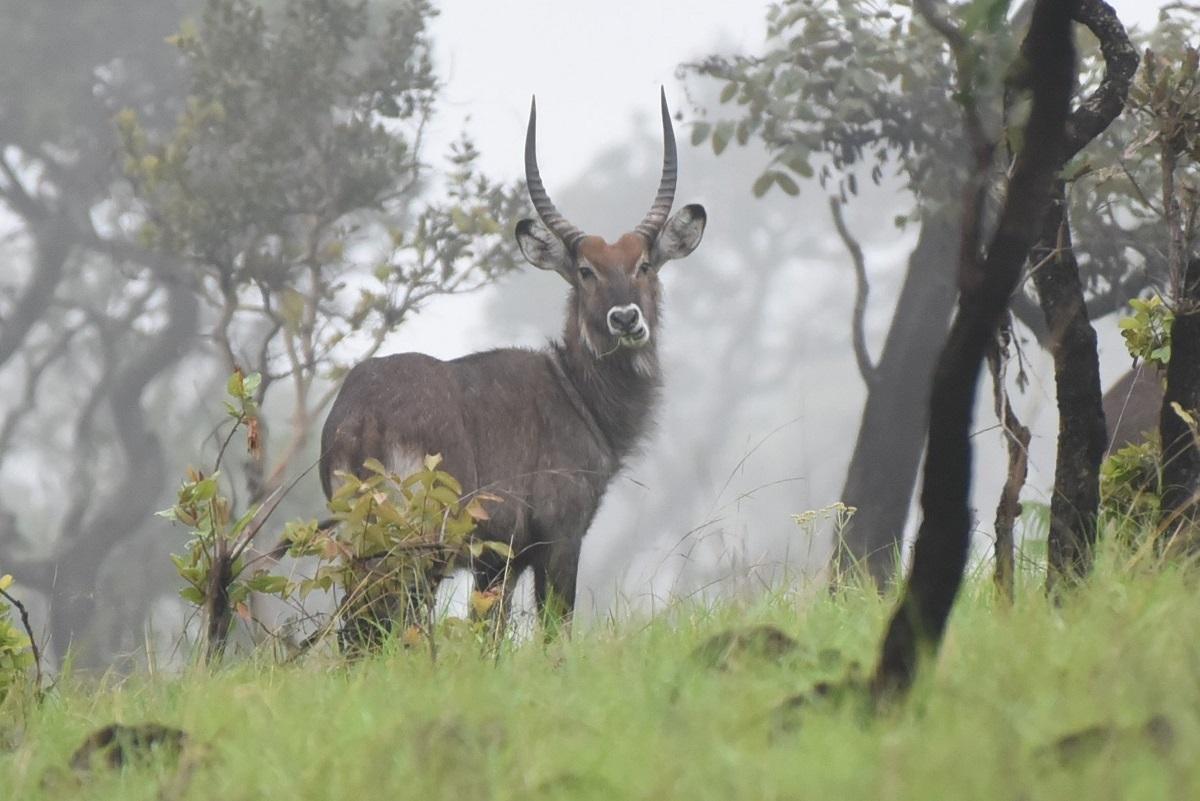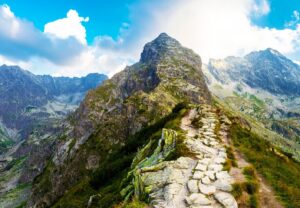Ruvubu National Park is Burundi’s largest national park, covering an expansive area of over 508 square kilometers. Established in 1980, the park is located along the banks of the Ruvubu River. This plays a vital role in supporting the park’s diverse ecosystems.
The park is characterized by of dense forests, open grasslands, and wetland areas, providing a haven for various wildlife species. This national park is not only a sanctuary for Burundi’s native fauna but also serves as an important ecological site.
It contributes to the conservation of the region’s biodiversity. The lush landscapes, combined with the vibrant birdlife and large mammals, make Ruvubu a compelling destination for nature enthusiasts, bird watchers, and adventure seekers.
Please Download Our Mobile App here
Overview of the Park
Ruvubu National Park is a crucial ecological reserve situated in the northeastern part of Burundi due to its unique environment and a diverse range of flora and fauna. The park covers a variety of landscapes, including dense forests that provide shelter to numerous wildlife species. The sprawling savannahs are home to herbivores, and wetlands that support rich aquatic life.
The Ruvubu River meanders through the park and is essential for the sustenance of the animals but also plays a significant role in shaping the park’s ecosystem. As the largest national park in Burundi, Ruvubu is vital for conservation efforts and offers numerous opportunities for ecological research.
The park is also culturally significant, as it is located in a region inhabited by communities that have traditionally relied on the land and its resources for their livelihoods. This creates a delicate balance between human activity and wildlife conservation.
Wildlife in the Park
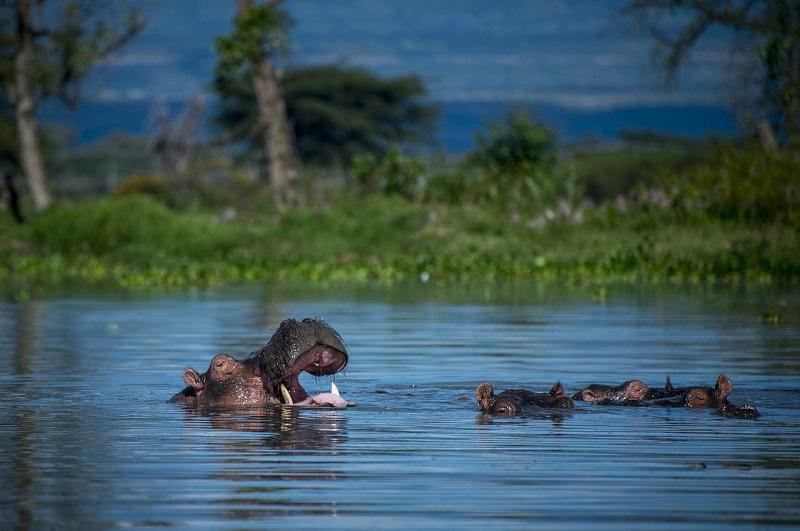
Ruvubu National Park has a rich array of wildlife, making it a significant destination for nature lovers and wildlife enthusiasts. Among the park’s most notable inhabitants are large mammals. These include elephants, hippos, and various species of antelope, including the elusive bushbuck and the majestic roan antelope.
The diverse habitats within the park support a wealth of biodiversity, allowing visitors to encounter a variety of wildlife in their natural surroundings. In addition to mammals, the park is a haven for birdwatchers. It is home to over 200 species of birds, including the striking shoebill stork and various species of raptors that can be seen soaring above the savannahs.
The park’s wetlands also attract a multitude of aquatic birds, enhancing the park’s status as a critical habitat for both resident and migratory bird species. The ecological importance of Ruvubu National Park cannot be overstated, as it plays a key role in maintaining the balance of the region’s ecosystems while providing valuable opportunities for wildlife observation and photography.
Best Time to Visit the Park
The ideal time to visit Ruvubu National Park largely depends on the type of wildlife experiences you seek. Generally, the dry season, which spans from June to September, is considered the best time for wildlife viewing. During this period, the vegetation thins out, making it easier to spot animals as they gather around water sources, particularly along the Ruvubu River.
Additionally, the cooler temperatures during these months enhance the overall experience for visitors exploring the park on foot or in vehicles. The rainy season, which runs from October to May, brings a different perspective to the park, as the landscape becomes lush and vibrant.
However, this time can be challenging for wildlife viewing due to dense foliage and the potential for muddy trails. Nevertheless, the rainy season also presents opportunities for birdwatching, as many migratory species arrive during this time.
Getting to the Park
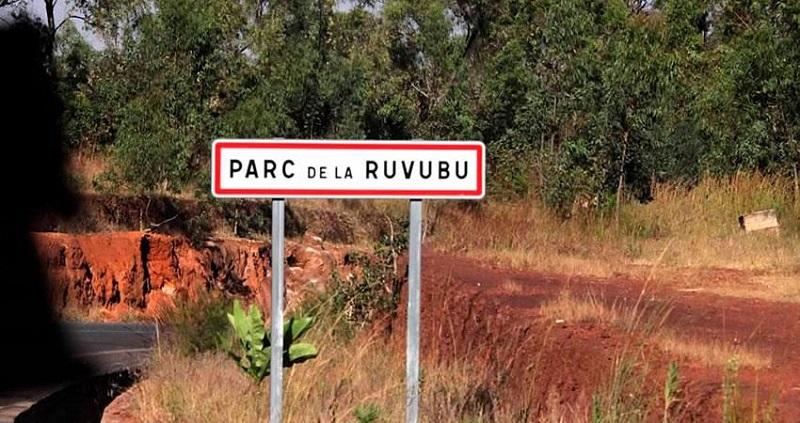
Reaching Ruvubu National Park is relatively straightforward, although the journey may require some planning. The park is situated roughly 90 kilometers from Gitega, the administrative capital of Burundi, and about 160 kilometers from Bujumbura, the former capital. The most common way to access the park is by road, with the journey taking around three to four hours depending on traffic and road conditions.
You can hire private vehicles or take public transportation, although it is recommended to arrange transportation in advance for a smoother experience. The roads leading to the park can be bumpy, so it’s advisable to travel in a sturdy vehicle. Once inside the park, the diverse landscapes and wildlife await, providing an unforgettable experience in Burundi’s natural beauty.
Other Activities in the Park
Beyond wildlife viewing, Ruvubu National Park offers visitors a range of activities that enhance the overall experience of the park. Birdwatching is particularly rewarding, with numerous trails and vantage points providing opportunities to spot various species in their natural habitats. Guided nature walks can also be arranged, allowing visitors to explore the park on foot while learning about the diverse ecosystems and the importance of conservation efforts.
The park’s riverbanks provide ideal spots for picnicking and relaxation, where guests can enjoy the scenic views and the sounds of nature. Cultural interactions with local communities nearby can further enrich the experience. This offers insights into the traditional ways of life that have existed in harmony with the park’s natural resources.
Park Fees
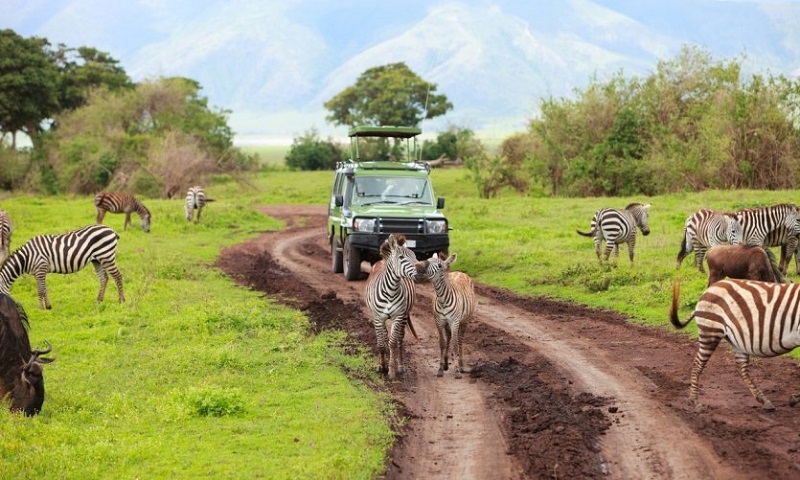
The entrance fees for Ruvubu National Park are relatively affordable, making it accessible for both local and international visitors. Currently, the entrance fee is approximately 5,000 Burundian Francs (around $3) for adults, while children may be charged a reduced fee.
Additionally, fees for guided tours or activities within the park may vary, depending on the type of experience chosen and the tour operators. You are encouraged to check with local authorities or tour providers for the latest information on fees and any special offers that may be available during the peak tourist seasons.
FAQs
What is the best way to explore Ruvubu National Park?
The best way to explore Ruvubu National Park is through guided tours, which offer insights into the park’s unique ecosystems and wildlife. Guided nature walks and vehicle safaris provide opportunities for spotting animals and birdwatching, allowing for a more immersive experience.
Are there accommodations within the park?
Currently, Ruvubu National Park does not have established lodges or accommodations within its boundaries. Visitors usually stay in nearby towns or guesthouses, where they can find various options to suit different budgets.
What should I bring when visiting the park?
When visiting Ruvubu National Park, it’s advisable to bring essentials such as comfortable clothing for walking, binoculars for wildlife viewing, sunscreen, insect repellent, and plenty of water. Good walking shoes are crucial for navigating the park’s trails comfortably.
Conclusion
Ruvubu National Park offers diverse wildlife, stunning landscapes, and opportunities for adventure. Whether you’re an avid birdwatcher, a wildlife enthusiast, or simply seeking a peaceful escape into nature, Ruvubu National Park promises unforgettable memories in the heart of Burundi.
